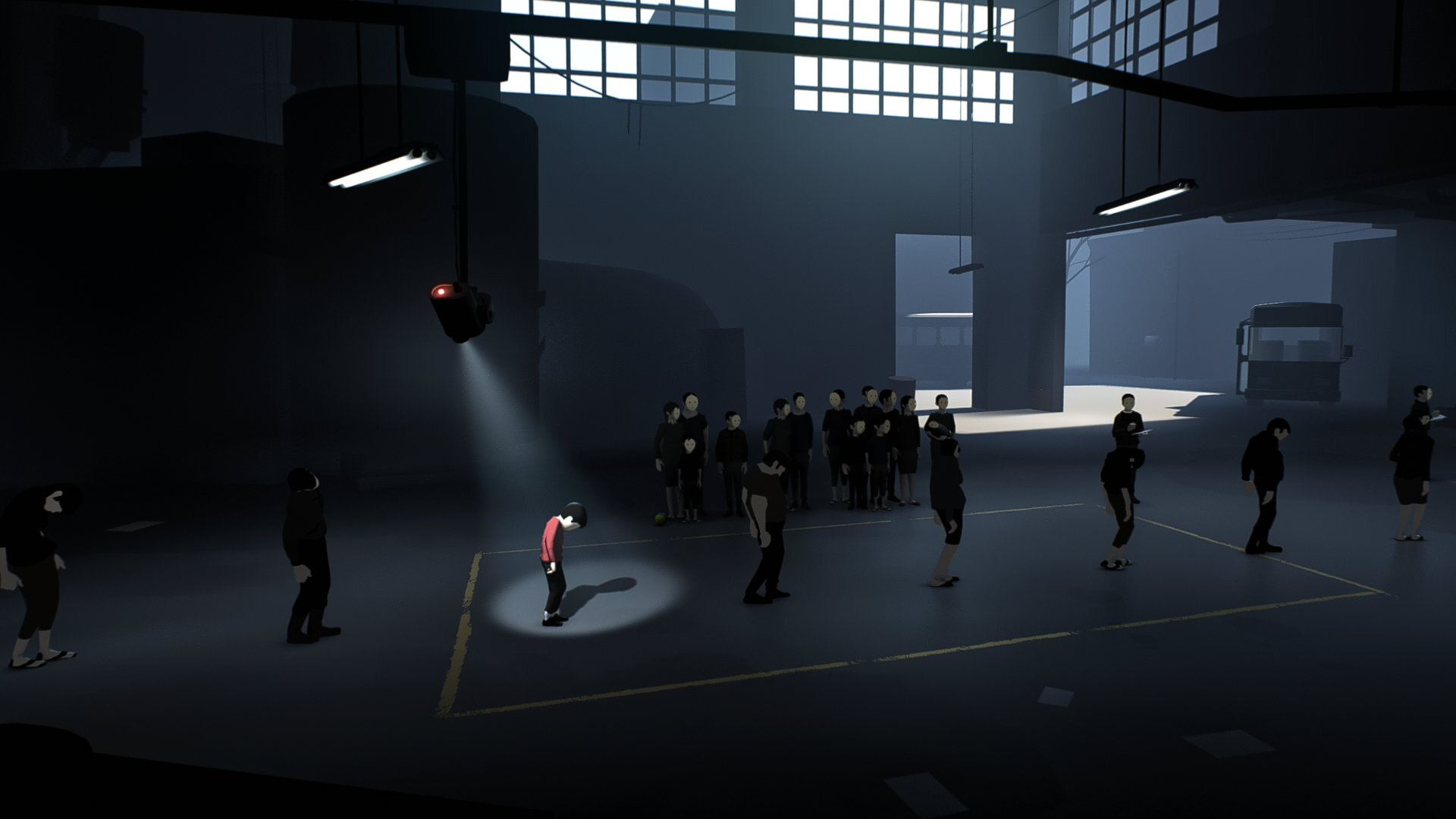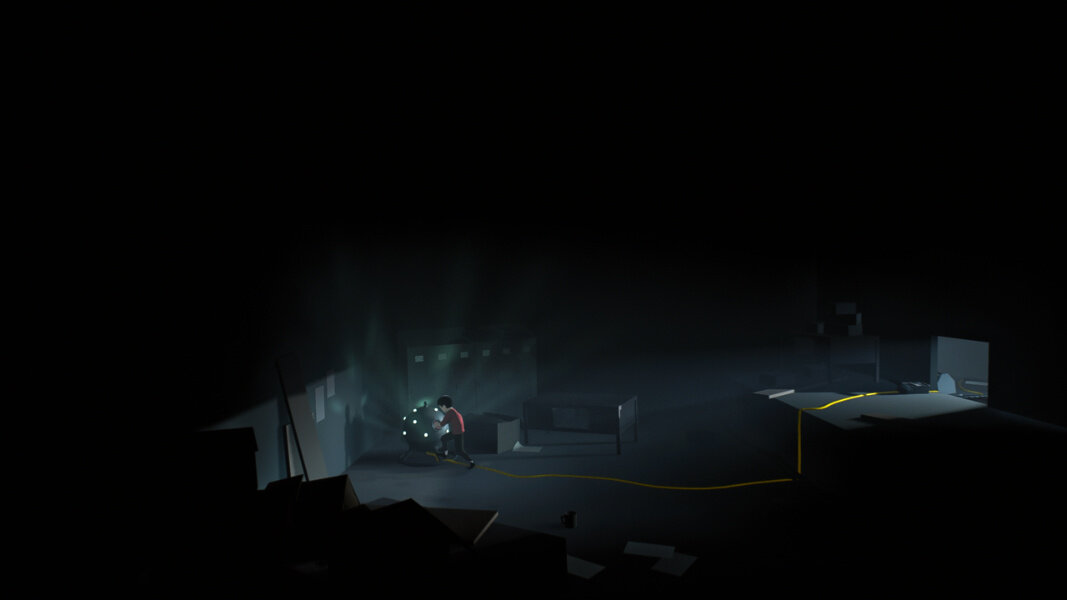Inside Review
(Image credit: Playdead)
An Escape to Remember
Five years ago, on June 29th, Playdead’s Inside made its debut on Xbox. Since then, the indie developers have released the game on most platforms, including PlayStation, PC, iOS, macOS, and Nintendo Switch. The dark story is visual rather than spoken as the player travels deeper into the dystopian world of Inside. The Load Screen reviews this 2.5D platformer with a minimalist art style on its fifth anniversary to determine if it still holds up.
The game starts with a boy escaping from a group of people and follows him as he tries to make his escape. The story of Inside is not voiced but revealed throughout details and enemies found in each section. It helps the timelessness of the game since specific phrasing or popular references do not age well. However, this does not mean that the title is without meaningful sound. The music and sound effects used throughout the game add to the psychological horror and make moments tense through the atmosphere. Hearing the sound of a stopped car or a barking dog meant death was close by and had me jumping on occasion.
The visual presentation dominates the meaning and immersion of Inside. Playdead uses a simplified graphic design that focuses on scenery details and character movements. Despite a moody art style, the animations for characters are lifelike and sometimes disturbing. The adult enemies are not putting the boy to sleep gently, nor are the dogs playing a friendly game of tag. The death animations are where the psychological horror aspects jump out, along with the overall twisted world.
(Image credit: Playdead)
Playdead does not separate Inside into levels. Instead, they present one long run to freedom littered with unique puzzles that are fun to solve. To compensate for the lack of separation, the creators made plenty of quicksaves between puzzles, but some are complicated with plenty of death traps. My favorite puzzles had the player acquire the assistance of other people or creatures instead of running from them. The game has 14 hidden orbs scattered throughout, with only a yellow power cable as a giveaway. Once the gamer destroys all the spheres, an alternative ending opens at a hinted location.
Inside is loaded with psychological horror aspects, not just through the grisly death animations. As the player progresses, there are never any straightforward explanations given. We are left to wonder what happened to society and what divided them. Adding to the mystery are hunters that roam the forest and the city, targeting anyone showing signs of free will. The factory design is one meant for processing humans, but what is its purpose? The questions I had were both haunting and reflected the problems facing modern society.
(Image credit: Playdead)
Inside offers simplified gameplay in a 3D environment with only sidescrolling playstyle, often called 2.5D. The controls are limited to movement, jumping, and parkour actions. The player can manipulate some marked objects with a red handle, but a few require help. Sometimes the boy will control others to do his bidding and solve puzzles, a dark twist that adds to the list of questions. The developers did an excellent job of mixing these elements into challenging puzzles masked as simple platform sections. The dynamic use of lighting on the simple character models led to some gothic scenes and intriguing mysteries.
For a game with no voice work, Inside tells a strong and entertaining story. Escape is the boy’s only option, and the puzzles he goes through are challenging. Even after five years, PlayDead’s Inside is riveting and pulse-pounding at times. Since E3 2021 revealed co-founder of Playdead Dino Pratt has a new project called Somerville for developer Jumpship, will there be any Inside references in it?
Inside
Platforms: PC, PlayStation 4, Xbox One, iOS, macOS, Nintendo Switch
Developer: Playdead
Publisher: Playdead
Release Date: June 29, 2016




